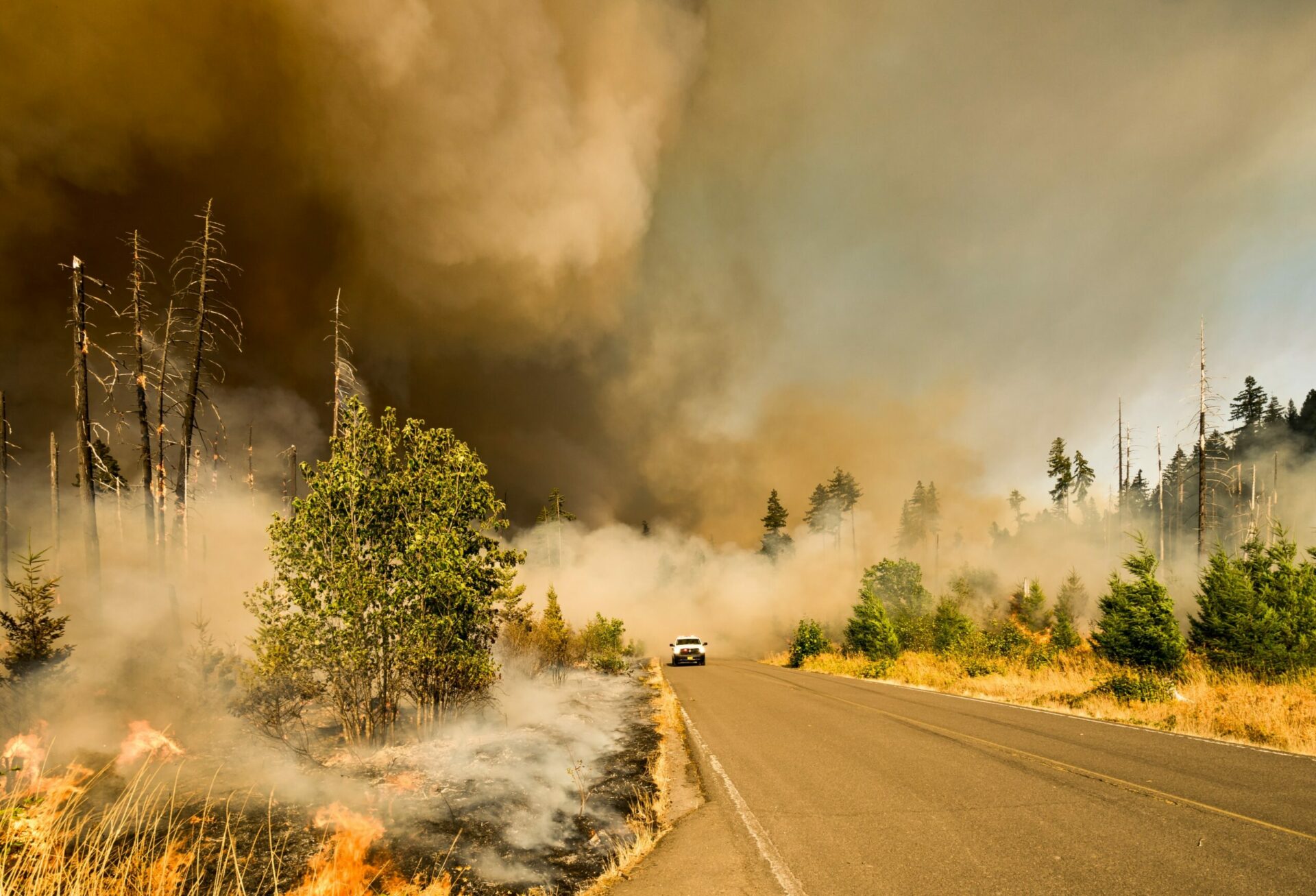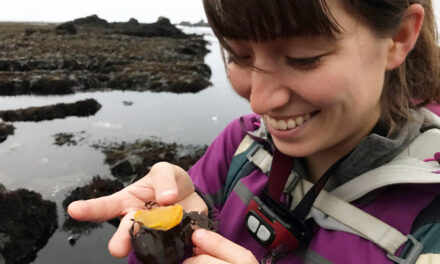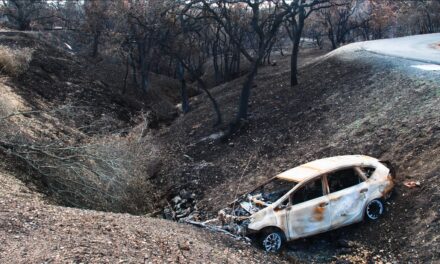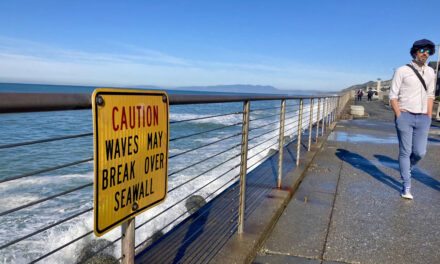Fast-Forward Fire
Over the past few years, California residents have had a front row seat to the effects of climate change. Seasonal wildfires are a fact of life here on the West Coast, but hot and dry conditions are turning them into catastrophic megafires: the seven largest fires in California history have all happened in the past five years.
A new study, published last month in Nature, substantiates these findings. Using machine learning, the Breakthrough Institute in Berkeley calculated that climate change has increased the risk of fast-spreading fires by 25% on average. Of the 18,000 California fires that occurred in 2003 to 2020, about 380 included a day where they grew by 10,000 acres – and most (though not all) of these extreme fires were exacerbated by human-caused climate change. There are critical thresholds that govern fire spread, and climate change carries the risk of tipping an otherwise humdrum fire into a veritable conflagration.
More specifically, the study states that climate change leads to hotter air and lower vapor pressure, which sucks the moisture out of plant matter and turns it into a highly flammable tinder. The Nature study corroborates earlier research: a 2019 analysis of fire data states that vapor pressure deficit (a metric of how much liquid the atmosphere pulls out of burnable material) is exponentially related to summer fire risk, and is “the clearest link between anthropogenic climate change and increased California wildfire activity to date.”
Some bad news: the Breakthrough Institute study found that even if global emissions are reduced quickly and decisively, global temperatures and fire risk will continue to rise. Without careful mitigation, the number of fast-growing fires could almost double by the end of the century. On the bright side, however, the study’s lead author Patrick Brown says that this risk can be almost entirely offset by careful fire management.
Though it’s too late to reverse climate change, fire experts agree that strategies like prescribed fire are effective in reducing spread. And it’s important to remember that humans affect fire risk directly: 80% of all U.S. fires are ignited by humans, and human homes in wildfire areas often act as fire fuel. Max Moritz, a fire expert at UC Santa Barbara, claims that zoning laws to reduce housing density could be a key lever in mitigating fire damage: “The strength of housing density on fire activity rivals the strength of climate variables in some parts of California. We have to be more holistic in our understanding of risk – to look at the human side as well.”
Other Recent Posts
ReaderBoard
Once a month we share reader announcements: jobs, events, reports, and more.
Staying Wise About Fire – 5 Years Post-CZU
As insurance companies pull out and wildfire seasons intensify, Santa Cruz County residents navigate the complexities of staying fire-ready.
Artist Christa Grenawalt Paints with Rain
Snippet of insight from the artist about her work.
High-Concept Plans for a High-Risk Shoreline
OneShoreline’s effort to shield the Millbrae-Burlingame shoreline from flooding has to balance cost, habitat, and airport safety.
In a Climate Disaster, Your Car Won’t Save You
Fleeing wildfires without a car might seem scary, but so is being trapped in evacuation gridlock — and the hellscape of car-dependency.
On Napa’s Milton Road, No Resident Is an Island
On Edgerly Island, homes sit behind a sinking, century-old levee. The community is at risk from sea level rise – unless they can agree to pay the cost of resilience.
What Exactly Is a “Supercharged Wind Event?”
In headlines about wildfire, a new supervillain emerges: wind. In January, it became the LA fire’s manic henchman. But what, exactly, is a “supercharged wind event”?
Converting Communities Into Watershed Champions
Everyday Climate Champions Podcast
UC Berkeley’s Brilliant Breakthrough in Carbon Capture
Researchers have developed COF-999, a new material that absorbs CO₂ directly from the air without rapidly degrading — a game-changer for carbon capture.
Coho Salmon Remain Afloat Four Years After CZU Fire
At the southern end of their range, coho salmon in Scott Creek are adapting to wildfire and warming.










